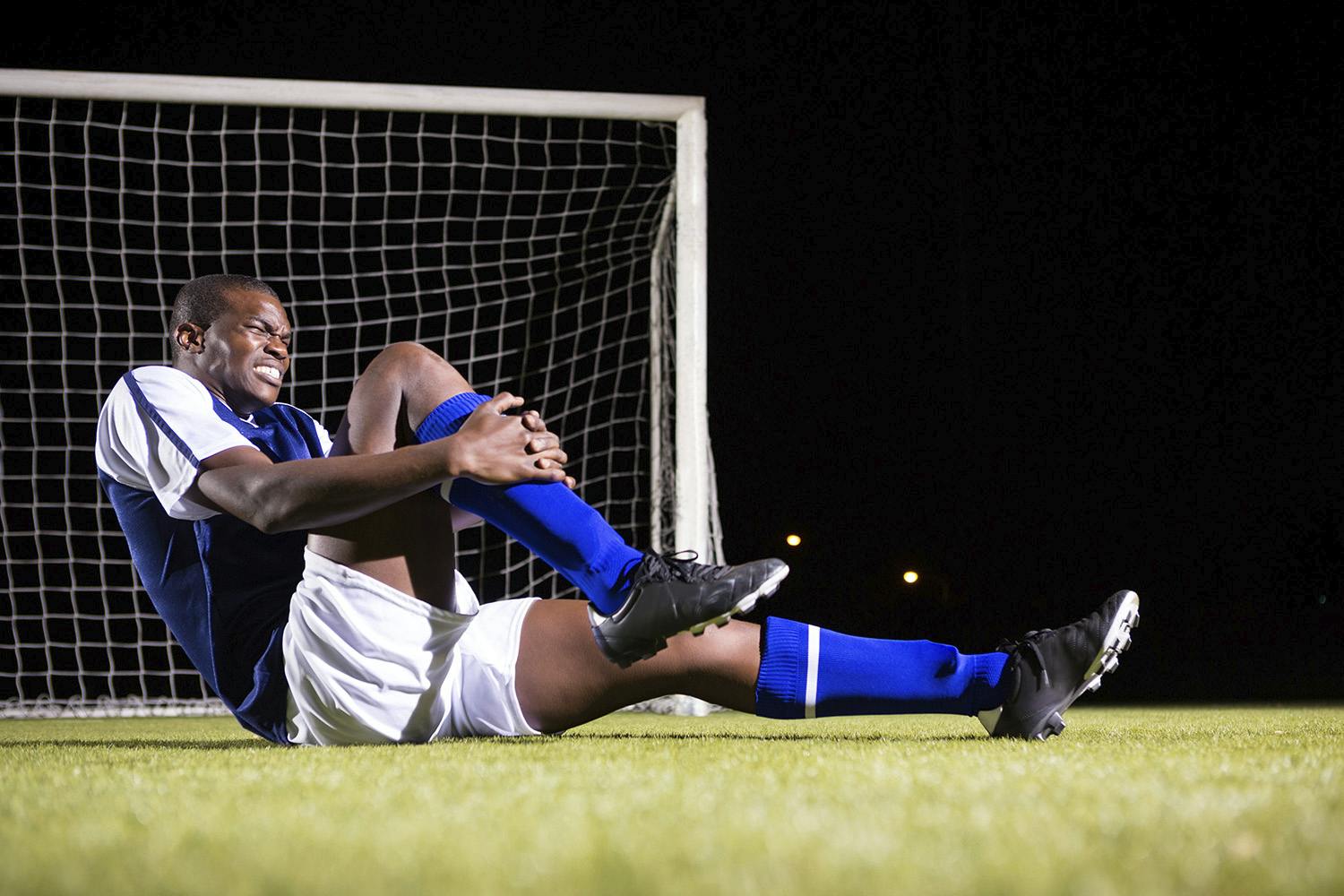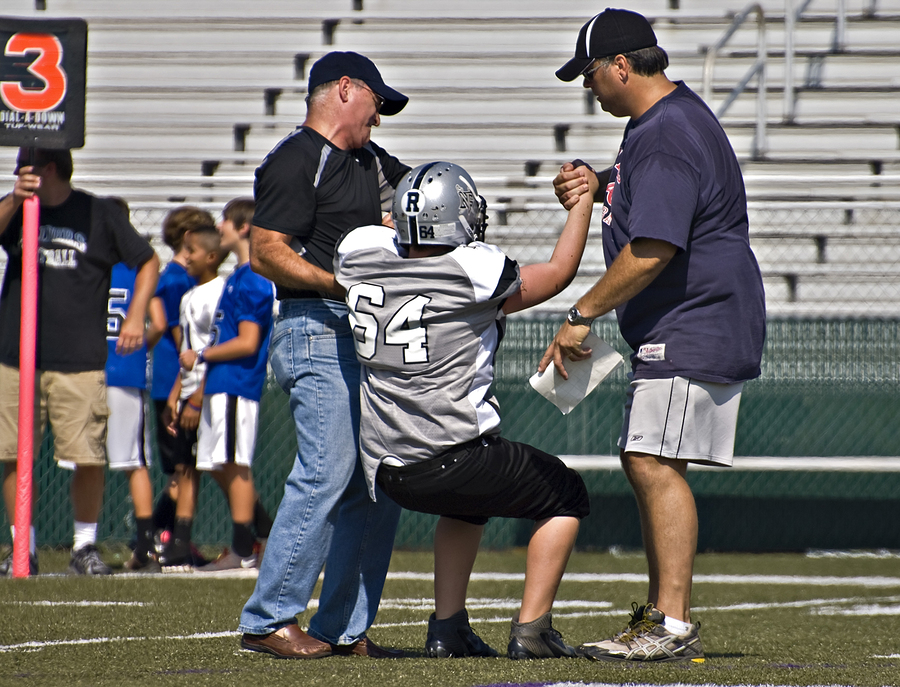With summer upon us, this blazing hot weather will be in full swing. And for most adolescents and teenagers, it’s the dawn of the new sports season and unfettered time off. However, in recent years, more and more kids are playing a single sport year round. Is it to better their skill set? Of course it is! Anyone who has played a sport or performed an activity at a high level of skill knows that repetition is critical to improvement. But what are the costs of giving up playing multiple sports in favor of focusing on a single athletic endeavor?
Though the “change of pace” is nice to give kids a variety of activities, the systemic problems lie much deeper. In outpatient orthopedics, we have seen a tremendous spike in repetitive overuse injuries in recent years. This spike has shown a direct correlation with the advent of the single sport athlete. Where young athletes would get a change from the overhead throwing of baseball to the lower body taxation of soccer, we now see the continual repetition creating dysfunction in athletes who are not physically developed enough to withstand the rigors of a single sport year round.

Repetitive and overuse injuries can occur throughout the body for a very wide range of reasoning. However with our young athletes, problems such as rotator cuff injuries, hip flexor and Achilles tendinitis, and spinal pain are becoming overwhelmingly common. The answer to why is simple: Over development of very specific muscle groups used in one sport; and under development of muscles which would be otherwise strengthened and supported through different isolation and combined movement patterns by playing different sports.
Variation of exercise is a fundamental principle that extends into simple weight training up through differentiation in sporting activities. Cross training across athletic lines creates variability in a young athlete’s strength, explosiveness, power, and agility. Take an overhead throwing athlete such as a baseball player. Conventional wisdom would say in order to throw the ball harder, strengthen the arm and in particularly the rotator cuff. But if you delve deeper into the mechanics behind a throwing athlete, we realize that core stability and lower body strength play equally as big of a role. The legs and core generate biomechanical power to improve distance and velocity with throws, whether pitching or making the throw from 3rd to 1st base when younger baseball players make the transition to the big field. Without proper lower body strength and a strong core, a player is forced to rely solely on creating power from their arm, hence creating a tremendous strain on their shoulder.
In the rehabilitation setting, we offset these issues by strengthening the under developed muscles. This is necessary to support areas susceptible to overuse injuries, and improve range of motion otherwise limited due to using only a few select movement patterns while playing a lone sport. As AAU, travel teams, and the various town leagues dominate a schedule, this leaves little time for other athletic endeavors. But let’s not forget a basic principle of athletics: the stronger you are throughout your body, the better you will perform, and the less likely you are to sustain injuries.
I will leave you with one last statistic: In the 2018 NFL Draft, of the 32 First Round Picks selected, 29 of them were multisport athletes in high school…let that sink in before filling out the next application for your child’s 3rd consecutive soccer or baseball team. Colleges can’t scout a young athlete who isn’t on the field because they are injured.
Kyle Branday MSPT, CDN is a licensed physical therapist and partner at Amity Physical Therapy in Woodbridge. He is a graduate of Quinnipiac University with his Masters in Physical Therapy and is certified in the practice of Trigger Point Dry Needling. He works with patients of all ages and ability levels, treating athletes with fractures and sprains to gait and balance dysfunction in the elderly. The practice has three offices: Woodbridge, Hamden and Branford. Kyle Branday can be reached at 203-389-4593
Tags:
- athletes
- conditioning
- injuries
- overuse
- physical therapy
- PT
- rehab
- repetitive
- sports
- sports injuries
- sports medicine
- strength
- youth
- youth sports


